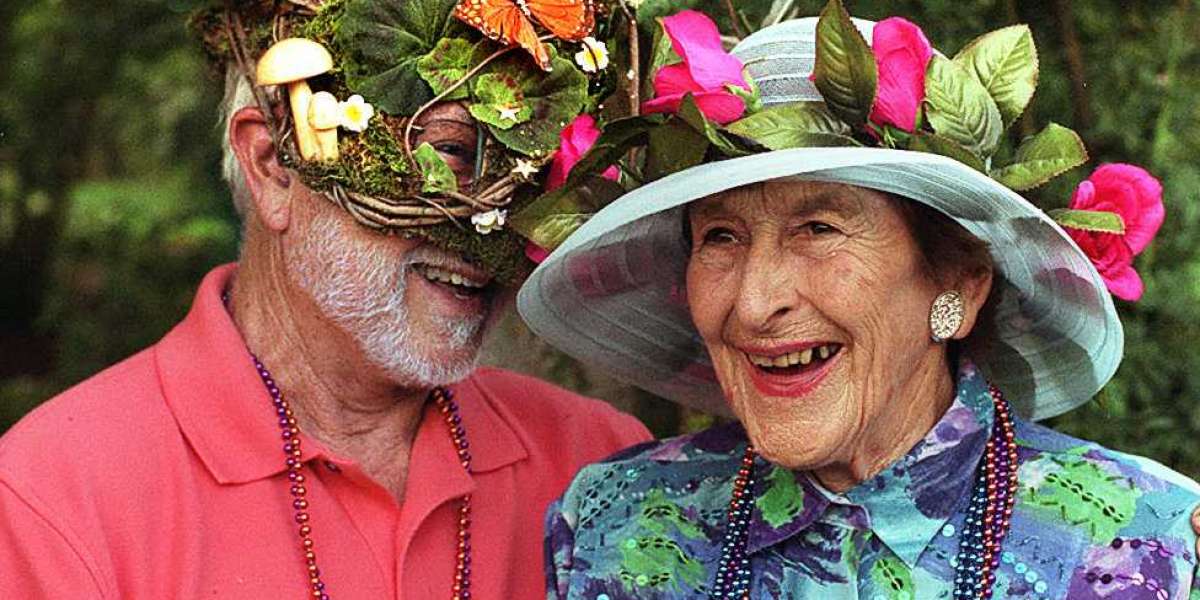At the time, members of the Cultural Institutions Group, which included the directors of the Metropolitan Museum of Art, the American Museum of Natural History, the Brooklyn Museum and the garden, met at the Century Club on West 43rd Street.
To attend the meetings, Ms. Scholtz entered through the service door, so as not to upset the stodgy membership of what at the time was an all-male club. With typical good humor, said Scot Medbury, who led the garden until January, she did so throughout her tenure, with one notable exception. One day her arrival coincided with that of Thomas Hoving, director of the Met, and Thomas Nicholson, director of the Museum of Natural History, who linked arms with Ms. Scholtz and frog-marched her through the club’s front door, causing many male jaws to drop.
It did not, however, change policy at the club, which did not admit women until 1988. Ms. Scholtz died on April 22 at her home in Brooklyn Heights, said Diane H. Steinberg, chair of the garden’s board of trustees. She was 98. “Betty knew how to make an entrance and an exit,” Ms. Steinberg said, pointing out that her death came on Earth Day.
With a distinctive South African accent that had been sharpened by an Anglican boarding school, and with a flair for brightly colored clothes, Ms. Scholtz was a beguiling and beloved figure in the horticulture world. “She was a rock star,” said Mr. Medbury, who is now executive director of the Quarryhill Botanical Garden in Sonoma Valley, California, recalling how she inspired generations of horticulturists, including himself.
She was a skilful diplomat, he said — able to disarm, for example, the toughest union negotiators by inviting leaders to tea. “She made everybody happy.” Horticulture, like the Century Club, was famously slow to accept women, said Pat Raven, former executive director at Mercer Botanic Gardens in Humble, Texas. “That’s why Betty was so special,” she added. “She led without threatening.
There were no female directors of big botanic gardens in her time. Now, about half are run by women.” Trained as a scientist in her native South Africa, Ms. Scholtz came to the United States on a yearlong medical fellowship in haematology at Beth Israel Hospital (now Beth Israel Deaconess Medical Center) in Boston.
There she met George Avery, then the Brooklyn garden’s director, who in 1960 offered her a job running the adult education program. She took it. In 1966, she began leading garden tours around the world; by the time she stopped, in 2008, she had led 100 tours through 46 countries. She became the organization’s director in 1972, guiding it through the city’s near-bankruptcy in 1975. Half of the garden’s operating costs came from city funding, which was wiped out during that fiscal crisis, Mr. Medbury said.
Not only did Ms. Scholtz refill the garden’s coffers, she also managed its three satellite properties: the Kitchawan Research Station and Teatown Lake Reservation, in Ossining, N.Y., and the Clark Botanic Garden on Long Island. In 1980, she became director emeritus. Until last fall, she was a daily presence at the garden. Elizabeth Scholtz was born on April 29, 1921, in Pretoria. Her mother, Vera Vogel Roux, was a nurse.
Her father, Tielman Johannes Roos Scholtz, was a general surgeon who died at 45 from septicemia after accidentally puncturing his thumb with a nail brush in the operating theatre, said Martin Scholtz, a nephew of Ms. Scholtz’s. Betty was 11 at the time; her brothers, Boet and Tielman, were 4 and 2. It was before the widespread use of penicillin, as Martin wrote in an email, “and their father came home one day and said, ‘Vera, I have only a few days to live.’ Betty and her brothers were raised by their single mother for many years until she remarried.”
Ms. Scholtz graduated from the University of Witwatersrand with degrees in zoology and botany. After earning a certificate in medical technology, she oversaw the laboratory at Groote Schuur Hospital in Cape Town. But she had always loved plants, her nephew said, having grown up spending time with her family in a bush camp near the Kruger National Park and making watercolors of bushveld flowers. Among the many awards Ms. Scholtz received during her long career were the Liberty Hyde Bailey Medal from the American Horticultural Society, considered the field’s highest award; the Gold Veitch Memorial Medal of the Royal Horticultural Society; and the Honorary Life Member Award from the American Public Gardens Association.
Mr. Medbury, the garden’s former director, recalled the Public Gardens awards luncheon in 2008: “She was 87 at the time, and she bounded to the stage and addressed all the director-types: ‘Here’s how it works. If somebody comes to me with a complaint, I say, his office is down the hall. If somebody comes with a compliment, I’ll say, How lovely, I’ll be sure to pass it on.’ Her point was that directors emeritus should not meddle in administrative matters once retired.
She was a model for all of us.” Last month, an open-air walled garden, designed by Michael Van Valkenburgh Associates and financed with a gift of $5 million from an anonymous donor who asked that an area be named for Ms. Scholtz, was scheduled to open to the public. (The Brooklyn Botanic Garden is closed because of the coronavirus.) When Ms. Scholtz retired in 1980, the garden embarked on what it called Operation Mum — a secret project to develop a rose in Ms. Scholtz’s honor, and in her favorite color, yellow.
It took eight years to develop the flower, a cross-pollination, as The New York Times reported, of the hybrid tea roses Granada, Oregold and Sunblest and the Grandiflora Arizona. Elvin McDonald, then the director of special projects at the garden, said, “I wanted a rose with qualities most like Betty, who stands tall, looks elegant in all weather and is strong and vigorous.”








